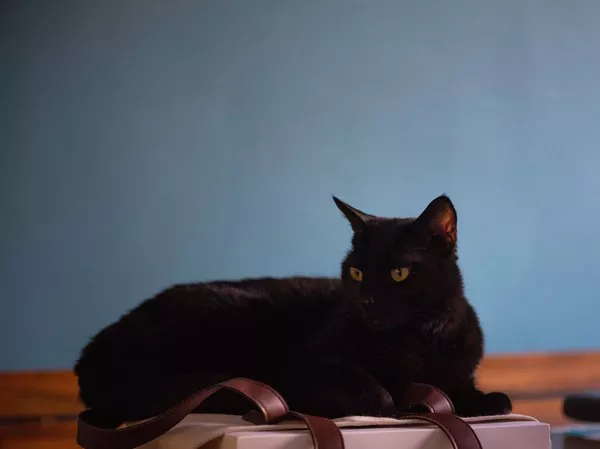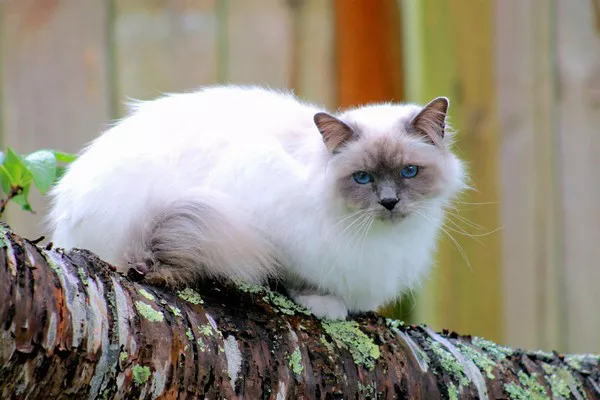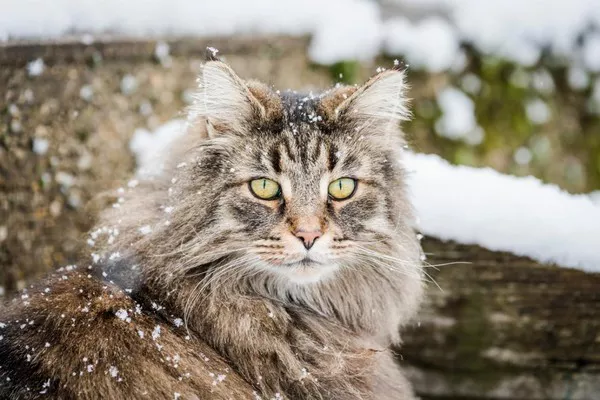Welcoming a new litter of kittens into your home is a heartwarming experience, and it comes with the responsibility of ensuring the health and well-being of both the mother cat and her offspring. One common question that arises during this period is, “How soon can I wash my cat after she’s given birth?” In this comprehensive guide, we will explore the considerations surrounding postpartum cat care, the reasons for and against bathing a mother cat, and best practices for ensuring a safe and comfortable environment for the entire feline family.
Understanding the Postpartum Period in Cats
The postpartum period, also known as the puerperium, begins immediately after the mother cat, or queen, gives birth and extends until her body fully recovers from the birthing process. This period is crucial for the queen to bond with her kittens, nurse them, and regain her strength. During this time, the queen undergoes various physiological and behavioral changes.
Maternal Behavior: Mother cats display strong maternal instincts during the postpartum period. They groom their kittens, keep them warm, and provide essential care.
Lactation: The queen’s body produces milk to nourish her kittens. Ensuring that she has a nutritious diet is vital for milk production and the health of both the mother and her offspring.
Physical Recovery: The queen’s body undergoes significant changes during pregnancy and childbirth. The postpartum period allows her reproductive system to return to its normal state.
Protective Instincts: Mother cats are highly protective of their kittens during the postpartum period. They may become more territorial and cautious to safeguard their offspring.
Given these changes, it’s essential to approach any caregiving activities, such as bathing, with sensitivity to the queen’s needs and the well-being of the newborn kittens.
Factors to Consider Before Bathing a Postpartum Cat
Bathing a postpartum cat is a delicate task that requires careful consideration of various factors. Before deciding to bathe the queen, it’s crucial to evaluate the following aspects:
Immediate Postpartum Period: In the immediate hours and days after giving birth, it’s generally advisable to refrain from bathing the mother cat. This period is critical for bonding with the kittens, establishing a routine, and allowing the queen to recover.
Physical Condition of the Cat: Assess the queen’s physical condition before deciding to bathe her. If she is visibly stressed, exhausted, or unwell, delaying the bath is advisable.
Maternal Behavior: Observe the queen’s maternal behavior. If she is actively grooming herself and her kittens, she may not require an immediate bath. Grooming is a natural instinct for cats and plays a crucial role in maintaining their hygiene.
Health of the Kittens: Consider the health and age of the kittens. If the kittens are very young, separating them from the mother for an extended period, such as during a bath, may not be ideal.
Environmental Factors: Ensure that the bathing environment is calm, warm, and free from drafts. Cats are sensitive to changes in temperature, and exposing them to a cold or uncomfortable environment can be stressful.
Veterinary Advice: Consult with your veterinarian before bathing the queen, especially if there are specific health concerns or if the cat has recently given birth via cesarean section.
Reasons for Bathing a Postpartum Cat
While mother cats are generally meticulous groomers and may not require frequent baths, there are situations where bathing becomes necessary. Some common reasons for bathing a postpartum cat include:
Sticky Residue: The queen may have residual fluids, such as amniotic fluid or blood, on her fur after giving birth. In some cases, this residue may become sticky or uncomfortable for the cat.
Fecal Matter: Occasionally, a mother cat may have fecal matter on her hindquarters. While she may attempt to clean herself, there are instances where assistance is needed to ensure cleanliness.
Inability to Groom: Some health conditions or physical limitations may prevent a mother cat from grooming herself adequately. In such cases, a bath may be necessary to maintain hygiene.
Maternal Stress: If the queen is showing signs of stress or discomfort due to external factors, such as changes in the environment or the presence of other pets, a gentle bath may help alleviate stress.
When to Avoid Bathing a Postpartum Cat
While there are situations where bathing a postpartum cat may be necessary, there are also instances where it’s advisable to avoid bathing the queen. These include:
Immediate Postpartum Period: As mentioned earlier, the immediate hours and days after giving birth are crucial for maternal bonding and recovery. During this time, it’s generally best to allow the queen and her kittens to establish their routine without unnecessary disruptions.
Healthy Grooming Behavior: If the mother cat is actively grooming herself and her kittens, intervention may not be required. Excessive interference in grooming behaviors can disrupt the natural bonding process.
Low Stress Environment: If the environment is relatively stress-free for the mother cat, with minimal disturbances and a comfortable nesting area, she may not require a bath. Stress can be detrimental to both the queen and her kittens.
Lack of Residue: If there are no visible signs of sticky residue, fecal matter, or discomfort, it may be unnecessary to bathe the postpartum cat. Regular observation and spot cleaning with a damp cloth may be sufficient.
Steps for Bathing a Postpartum Cat
If, after careful consideration, you determine that bathing is necessary, follow these steps to ensure a safe and stress-free experience for the queen:
Choose the Right Time: Pick a time when the queen is relatively calm and not actively nursing. Avoid interrupting nursing sessions, and ensure the kittens are safe and secure during the bath.
Prepare the Bathing Area: Set up a warm and quiet bathing area with non-slip surfaces. Fill a shallow basin or sink with lukewarm water. Have cat-friendly shampoo, towels, and a hair dryer (set to low heat) within reach.
Handle with Care: Approach the queen gently and speak to her in a calm and reassuring tone. Slowly place her in the water, supporting her body with one hand and using the other to wet and shampoo her fur.
Use Cat-Safe Shampoo: Choose a cat-specific shampoo that is mild, hypoallergenic, and safe for postpartum cats. Avoid using human shampoos, as they may contain ingredients that can be harmful to cats.
Gently Massage Shampoo: Gently massage the shampoo into the cat’s fur, focusing on areas with residue or matting. Take care to avoid the face and ears. Use a damp cloth for spot cleaning in sensitive areas.
Thoroughly Rinse: Ensure thorough rinsing to remove all traces of shampoo. Leftover shampoo residue can irritate the skin and may be ingested during grooming.
Towel Dry: After the bath, towel dry the cat gently. Use a low-heat setting on a hairdryer if necessary, providing additional warmth. Ensure the cat is completely dry before allowing her access to cooler environments.
Monitor and Reassure: Monitor the queen closely after the bath. Provide a warm and comfortable nesting area, and reassure her with gentle strokes and calming words.
Post-Bathing Considerations and Monitoring
After bathing the postpartum cat, continue to observe her behavior and well-being. Some additional considerations include:
Returning to Kittens: Allow the queen to return to her kittens once she is dry and calm. Ensure the kittens are safe and secure during the bathing process.
Nursing Schedule: Try to schedule baths during periods when the queen is not actively nursing to minimize disruption to the kittens’ feeding routine.
Environmental Comfort: Maintain a warm and comfortable environment for the queen and her kittens. Avoid exposing them to drafts or cold temperatures.
Veterinary Follow-up: If there were specific health concerns or complications prompting the bath, consult with your veterinarian for guidance and follow-up care.
Observation for Stress: Monitor the queen for signs of stress or behavioral changes after the bath. If she appears excessively anxious, consult with your veterinarian for additional support.
Hygiene Maintenance: If the queen’s hygiene requires ongoing attention, consider regular spot cleaning with a damp cloth rather than frequent baths to minimize stress.
See Also: What to Do If Your Cat Has Fleas
Conclusion:
Caring for a postpartum cat involves striking a delicate balance between maintaining hygiene and ensuring the well-being of both the mother and her kittens. While bathing a postpartum cat is a task that may be necessary under certain circumstances, it should be approached with sensitivity and consideration for the unique needs of the queen during this crucial period.
Ultimately, the decision to bathe a postpartum cat should be based on careful observation of her behavior, the presence of any visible residue or discomfort, and consultation with a veterinarian. Prioritize creating a stress-free environment for the queen and her kittens, allowing them to bond naturally and fostering a positive and secure atmosphere for the entire feline family.
























